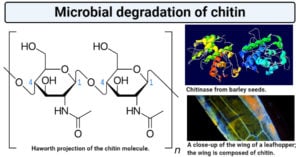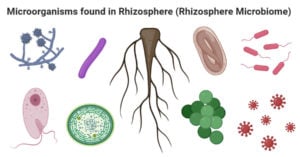Microbial degradation of chitin (Enzymes, Steps, Mechanisms)
What is chitin? Chitin is a complex homopolysaccharide consisting of units of amino sugar glucosamine that accounts for the second most abundant polysaccharide of nature after cellulose. It is widely … Read more


